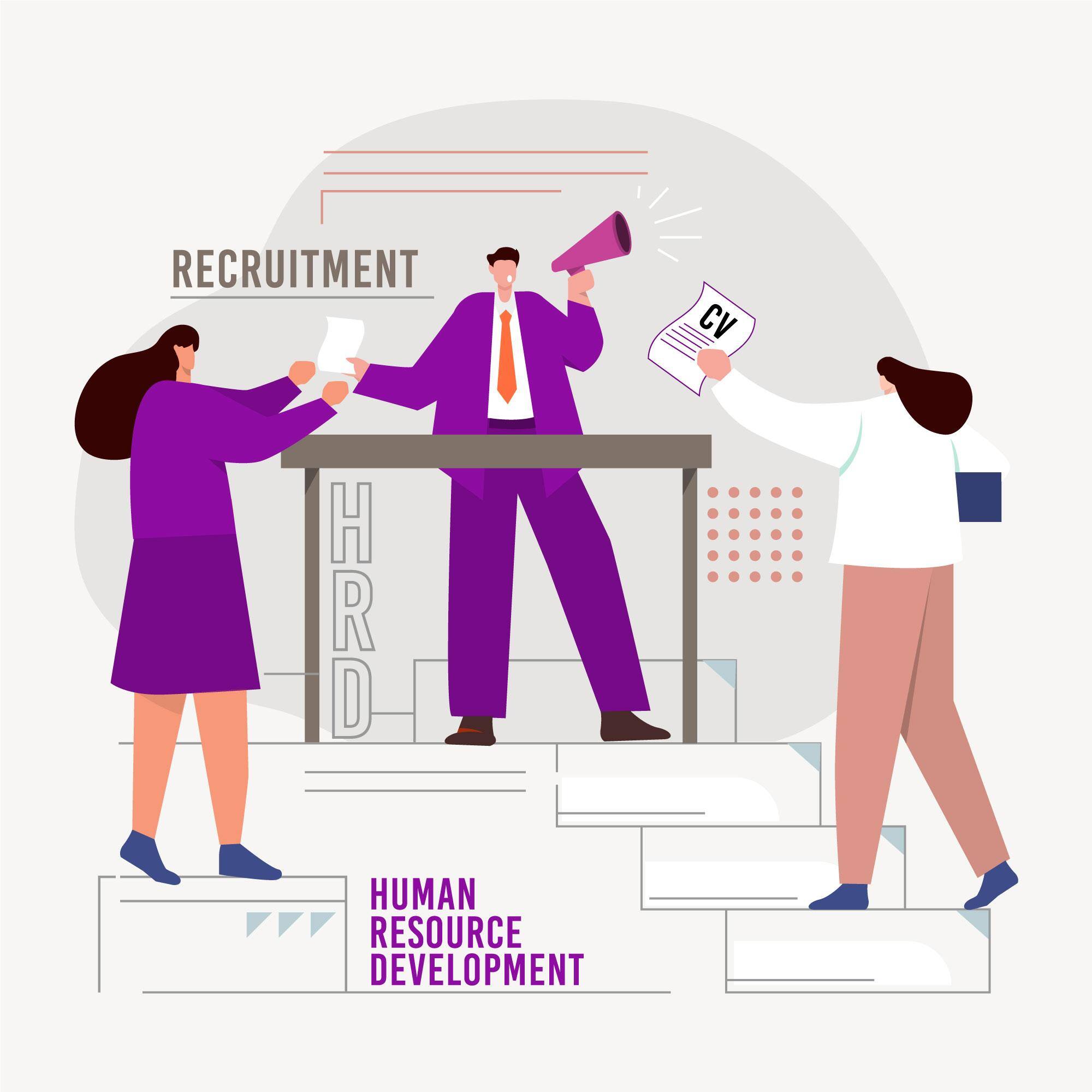In today's rapidly evolving business landscape, the traditional hierarchical structure is no longer enough to keep up. Organizations that focus on job titles and departments are finding it difficult to stay agile and competitive. Instead, businesses need to shift their focus to skills and competencies, which is where a skills-based organizational structure comes into play. By prioritizing skills over job titles, companies can unlock the full potential of their workforce and gain a competitive edge.
So, what exactly is a skills-based organizational structure, and how can it benefit your organization? In this blog post, we will explore the answers to these questions and more.
What is a Skills-Based Organizational Structure?
In a skills-based organizational structure, employees are not limited to a specific role or department. Instead, they are assigned tasks and projects based on their skills and abilities. This allows employees to develop a broader range of skills and knowledge, leading to a more versatile and adaptable workforce.
The Benefits of a Skills-Based Organizational Structure
1. Increased Flexibility and Agility
A skills-based organizational structure provides increased flexibility and agility. By focusing on skills rather than job titles, businesses can quickly adapt to changing market conditions and respond to new opportunities. This approach also allows for a more efficient use of resources as employees can be reassigned to different projects as needed.
2. Improved Talent Management
A skills-based organizational structure provides a more comprehensive view of employee skills and competencies. This approach allows businesses to identify talent gaps and develop targeted training programs to address them. By investing in employee development, companies can improve retention rates and create a more engaged and motivated workforce.
According to a study by LinkedIn, 94% of employees would stay at a company longer if it invested in their career development.
3. Increase Innovation and Creativity
A skills-based organizational structure encourages innovation and creativity by providing opportunities for employees to work on a variety of projects. This approach can lead to new ideas and approaches that can drive business growth and competitiveness.
Research by McKinsey found that companies with diverse workforces were more innovative and had higher financial performance.
4. Improved Collaboration and Communication
A skills-based organizational structure promotes collaboration and communication across departments and teams. By breaking down silos and encouraging cross-functional teams, businesses can improve knowledge sharing and problem-solving.
Research by Harvard Business Review found that companies with a strong collaborative culture were more likely to outperform their peers
5. Enhanced Customer Experience
A skills-based organizational structure can lead to a better customer experience. By assigning employees with the right skills to specific projects, businesses can ensure that their customers receive the best possible service.
How to implement a Skills-Based Organizational Structure
Implementing a skills-based organizational structure requires a fundamental shift in the way businesses think about their workforce. Here are some steps to consider:
1. Identify Core Skills and Competencies
The first step in implementing a skills-based organizational structure is to identify the core skills and competencies required for each department or function. This can be done through surveys, or interviews. Once you have identified the required skills, you can use this information to create a skills inventory for the organization.
2. Measure skill gaps
With a skills inventory in hand, the next step is to measure the gaps between the skills currently available in the organization and the skills needed for each role. This can be done through skills assessments. The goal is to identify where the organization needs to improve its skills and capabilities.
3. Fill the gaps with targeted training programs
Once you have identified the skills gaps, the next step is to fill them through training and development. This may involve providing employees with access to training courses, workshops, or mentoring programs. By investing in employee development, companies can build a more capable and agile workforce that is better able to respond to changing market demands.
4. Ongoing assessment and update
Finally, it is important to assess employee skills on an ongoing basis. Instead of relying solely on traditional performance assessments, which often focus on job titles and positions, companies should assess employees based on their skills and capabilities. This can be done through skills assessments, which provide a more comprehensive view of an employee's strengths and weaknesses.
Conclusion
In conclusion, a skills-based organizational structure is a powerful tool for unlocking the full potential of your workforce. By focusing on skills and competencies rather than job titles, companies can create a more agile, adaptable, and innovative workforce. This approach leads to increased flexibility, improved talent management, increased innovation and creativity, improved collaboration and communication, and enhanced customer experience.
Implementing a skills-based structure in your organization can be a complex process that requires careful planning and execution. The steps for a successful implementation include identifying the skills needed in your organization, measuring skills gaps, filling the gaps with training, and continuously updating your skills inventory.
5Mins can help you simplify this process with a clear view of your employees' skills and immediate access to skills-based training. Our platform offers 20,000 micro-lessons across 200+ hard, soft and life skills designed to help employees enhance their knowledge, enabling them to thrive in a skills-based environment. Let's have a chat to show you how.
.png)




